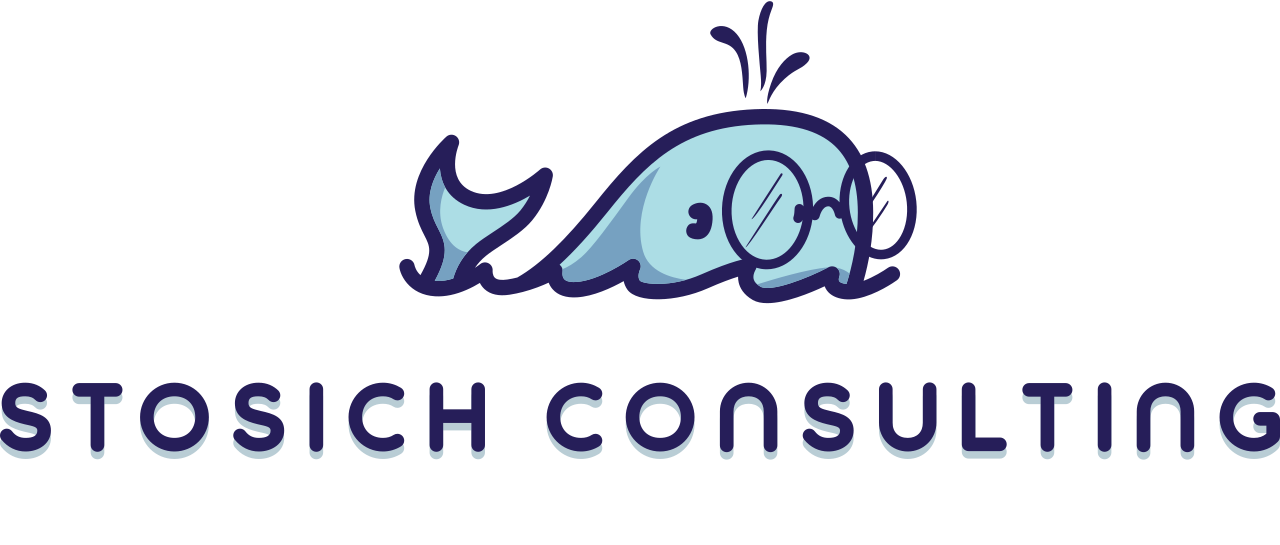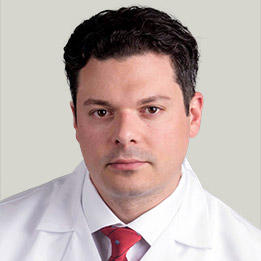The Myth of Mewing: Debunking the Claims with Science

If you spend any time on social media, you’ve probably heard of the concept of “mewing,” made popular on TikTok, YouTube and other platforms. Dr. John Mew and his son Dr. Mike Mew popularized the trend. It makes grand claims about how changing the posture of your tongue can affect your face. But are these claims actually true?
“The Drs. Mew tell followers that pressing the tongue against the roof of the mouth has a host of benefits, including being able to reshape your facial bones, improve jaw alignment, and enhance your facial aesthetics,” says expert orthodontist Dr. Michael Stosich. “I know people really want quick fixes and non-invasive solutions, but mewing lacks any actual scientific validation and claims associated with it are mostly anecdotal.”
Understanding Mewing: The Basics
There is a philosophy called “orthotropics” that Dr. John Mew developed. Most orthodontists follow the traditional view that one’s genetics primarily determines jaw structure and dental alignment. Dr. Mew, however, turns that idea on its head and believes that these are influenced by external factors, such as tongue position. Dr. Mew believes that if one can train the tongue to rest against the upper palate, this can then promote horizontal facial growth, rather than vertical facial growth. And this growth will then enhance jaw definition and prevent dental crowding. Mewing is a part of this philosophy.
But is there any scientific evidence to back these claims up?
“Unfortunately, there is no robust scientific evidence to back up these theories,” says Dr. Stosich. “I am a firm believer that to provide the best care we must follow the science. And when it comes to mewing, leading organizations, such as the American Association of Orthodontists, criticize practices such as mewing for lacking clinical validation.”
Peer-reviewed journal research in publications such as The Journal of Oral and Maxillofacial Surgery have found no credible data showing that tongue posture can have a significant impact on bone structure. Adults no longer have the benefit of skeletal growth, so this is especially true in adults. The forces that would be needed to alter facial structure after the bones have stopped growing would be far greater than what you could achieve just by pressing your tongue against the roof of your mouth, even for an extended period of time.
The Lack of Scientific Support
Orthodontic treatment is the only tried and true, scientifically backed method to achieve the goals mewing claims to. That’s because orthodontic treatment relies on controlled, consistent force used over time to guide teeth and jaw movement. An experienced orthodontist knows this is accomplished using traditional orthodontic methods, such as braces and aligners, and even surgery when necessary.
On the other hand, proponents of mewing claim that the tongue alone can exert enough force to impact bone growth. But there are no clinical trials or scientific studies to support this wild claim. Without proper professional oversight, mewing can lead to possible dental issues that make the trend all for naught. Experts say issues such as bite misalignment and temporomandibular joint issues can arise if the practice is done incorrectly.
Professional Consequences for the Mews
Dr. John Mew and Dr. Mike Mew have faced serious professional consequences for promoting these controversial techniques. The General Dental Council (GDC) in the UK revoked Dr. John Mew’s dental license, citing ethical concerns and the dissemination of treatments not aligned with evidence-based practices. Dr. Mike Mew faced similar scrutiny and was expelled from the British Orthodontic Society for misconduct related to the promotion of orthotropic methods
Dr. Mike Mew’s tribunal hearings revealed that he recommended unconventional orthodontic devices and practices to young children without sufficient evidence to support their safety or efficacy. This included the use of headgear and dental expanders in ways that were not clinically justified, raising concerns about the potential harm to patients, particularly children.
The Rise of the trend
The influence these controversial doctors have goes beyond their personal practices, mostly in part to the use of social media. Their reach is much more than it otherwise would be, so their false claims reach worldwide. Their followers continue to advocate for mewing, even after experts have spoken out against it.
And what is worse is that these followers include general dentists, especially those with focuses on pediatrics. The Mews and their affiliates offer weekend courses to these practitioners, who then adopt the techniques and take them back to their practices. There, they claim that mewing and orthotropics can work as preventive measures, so their children won’t need orthodontic treatment.
“A huge red flag is that these are often promoted by general dentists,” says Dr. Stosich. “Orthodontists are the only professionals who should be providing advice and guidance on orthodontic issues. Orthodontists are the ones who have the specialty training to safely address complex dental and skeletal concerns.”
The AAO and other professional organizations warn patients to be wary of practitioners offering advice who do not have the specialty training or experience needed for orthodontic care. If treatments have not been proven effective and there is no valid scientific evidence to back up claims, patients should steer clear.
Proven Alternatives
Patients looking to improve their facial aesthetics and/or address orthodontic issues have many options at their disposal, including:
- Orthodontic treatment using braces and clear aligners. These treatments are efficient, effective, and proven. They work by placing a consistent and precise pressure on the teeth, which works to guide the teeth and align the jaw over time.
- Orthognathic surgery. In patients with severe jaw issues and older patients, jaw surgery can improve the appearance and function of the smile.
- Myofunctional therapy. When supervised by experienced professionals, myofunctional therapy can improve oral muscle function and correct improper tongue positioning without negative side effects.
Conclusion
“Mewing has gained popularity as a seemingly simple and free at-home method to enhance facial features, but it lacks the scientific backing needed to be considered a legitimate treatment option,” says Dr. Stosich. “I take the care and well-being of my patients very seriously, and only use scientifically backed methods that provide consistent, effective results.”
Both Dr. John and Dr. Mike Mew’s disciplinary records serve as a reminder of the importance of adhering to evidence-based medical and dental practices. The scientific community continues to emphasize that orthodontic care should be guided by clinical research and delivered by licensed professionals with appropriate training.
Patients are advised to approach trending, non-evidence-based treatments like mewing with caution. Consulting with a certified orthodontist is essential for ensuring safe, effective, and scientifically validated care. For those interested in exploring orthodontic treatments, Stosich Consulting can provide expert guidance and personalized, evidence-based recommendations to help you make informed decisions about your oral health and facial aesthetics.


